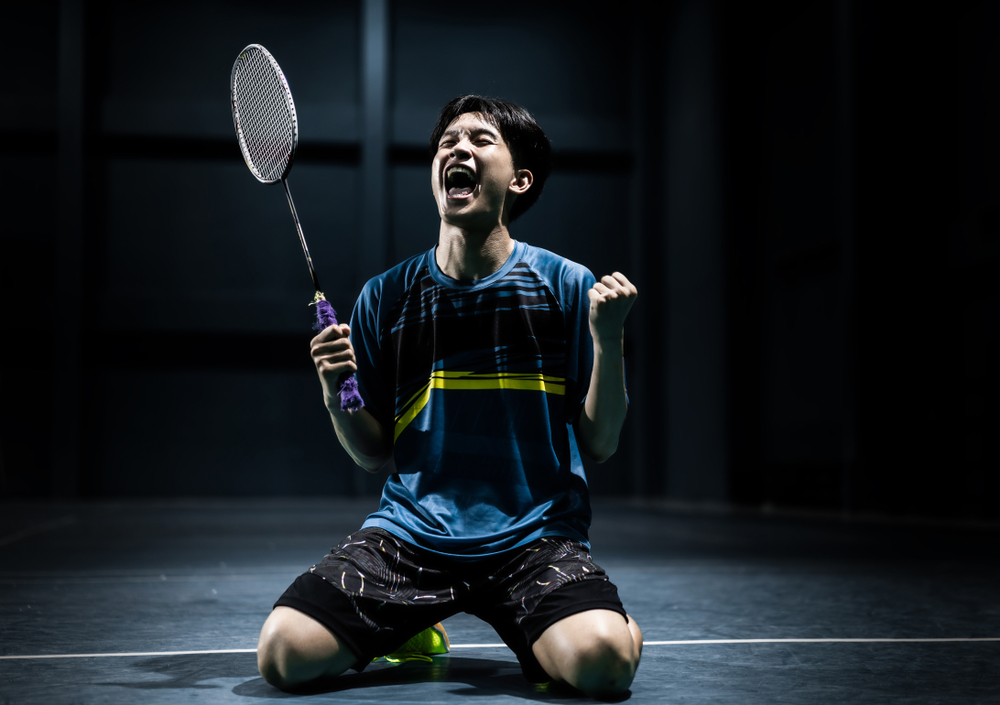Sports Psychology is the study of how psychological factors influence sports, athletic performance, exercise, and physical activity. It also implies other areas such as motivation, goal setting, anxiety, and rehabilitation.
In this article, in continuation of our YouTube series, “The Gist of It”, learn how athletes manage their mentality and how to do sports psychology help in it, Dr Jay-Lee Nair, Sports and Performance Psychologist from Mental Notes at Singapore Sports Medicine Centre.
How does an athlete deal with the ups and downs of winning and losing?
Athletes want to continue feeling motivated, driven, and confident when they experience defeat. The first thing we have to recognize, according to Dr Nair, is that loses and defeats are part of all journeys to be successful. Athletes need to see defeats and losses as something they can gain from. It should never be seen as something bad or something that will bring them down. They have to be able to reflect on it in a way that will give them the gains amid defeat and losses, Dr Nair said.
Doctors usually talk with young athletes regarding defeat and fame. When we win or perform well, we usually do not reflect on that much. We just say we did enough. But whenever we lose or experience defeat, we go through a lot of reflection in a way that we will receive massive gain – gains that you will not get from winning.
Dr Nair teaches her athletes a very structured way or system to reflect. Wherein they can draw out all the good things and positive goals from the losses and defeats. With this, they can see losses as a springboard and gain from them.
How do you mentally motivate an athlete coming back from injury?
It is a very underutilized practice with athletes going through injury to tap into sports psychology, but it can make a huge difference to their recovery. Here are some ways to motivate athletes coming back from the injury:
- Ensure that the athlete does not have any trauma from the injury
If they have fear of returning to the sport and fear of being in the same situation that caused the injury, then they can start to create habits in their performance. They have to start by looking at experience and how can they see this experience differently, something that they have control over, to make sure that they will not fall or fear injury.
- Keep the athlete in an active role in the sport
The next thing that we do is something that involves a coach. They look out for how athletes respond to the injury. When an athlete is going through significant depression or anxiety after the injury, coaches should make them feel that they have an active role within the team if they are in a team sport, Dr Nair said.
For example, if they have a leadership role, like a captain, then they get injured, and they are more prone to have negative experiences mentally. So, it is important to make sure that they are on the sidelines, are actively involved in the team so that they will not feel helpless at the end of the day. After all, they shouldn’t feel that way. Injury can be part of success if managed in the right way, Dr Nair said.
- Do healing visualization exercises
This can be a fantastic exercise. It has been shown in research to see recovery. This exercise is great to reduce levels of anxiety and making the athlete more active. With visualizations, it just involves them starting to see the affected area, visualizing what it would look like if it’s healing. “That can be a very powerful process for them to go through. Instead of avoiding it, they are confronting what their body might be like inside and feel like they committed to starting to see it heal.” Dr Nair explains.
How does an athlete remain calm and composed in big pressure moments?
When it comes to managing high crucial moments, the first thing that athletes do is train those particular situations. They spent a lot of time in training, stimulating particular scenarios, so they practice experiencing them. But it’s not just about physically going through it, they also train about what they will think about, what they will focus on, and then some techniques to manage the psychology.
So, everything is practised, rehearsed, and experienced. This is something that coaches and athletes don’t do very often in the real world, but we can start looking at scenarios, like having a big presentation. You might not necessarily practice it or rehearse it, but you can visualize it, you can imagine exactly what you will wear, and you can imagine yourself talking through life, and seeing the people in the room. Doing a lot of that in practice is extremely useful to help athletes manage and negotiate highly crucial moments. Because athletes feel like they’ve done it before, they’ve seen it, they felt it, and then they are more familiar with the whole thing.
How does an athlete handle public scrutiny?
Athletes in the spotlight usually don’t handle criticism and social media comments very well. This needs extensive training to be able to manage for many years. It is okay to say to athletes that it is okay to feel upset with these comments. It is normal, as explained by Dr Nair. But once they realize the formability, they must start changing their focus to a different thing. The issue here is that the social media presence, the way that media is so highly involved these days in an athlete’s life makes it extra challenging. It will get more and more challenging in the future, says Dr, Nair.
So, we have to create different techniques for athletes to manage it. They need to start understanding that this is part of the business. It is what generates money. Therefore, there is a level of acceptance and expectation that athletes need to have in their toolkits. It is not personal. It is just something that they need to be ready to see that’s going to happen. But sometimes when they are at that level of expectation and acceptance is already there, the resistance drops quite significantly. And that helps the athlete be ready to manage it.
When it does happen, we now start to do triage, in terms of making sure that they are thinking about their performance and not these things that they can’t control. It’s not the truth, not the fact. The facts are what they know about themselves, and what everyone else in their circle matches what they know about them and their performance. We try to make sure that they’re focusing on people who matter, the support that they are getting there, and the facts that they know. This is all something that we have to practice.
This goes to comparison as well, the things we all deal with around social media and relationships. In this way, you can start questioning to know yourself and what may be true or not true. It is really important to be able to manage that and say what the facts are about yourself, what you value, and who my true support is, says Dr Nair.














